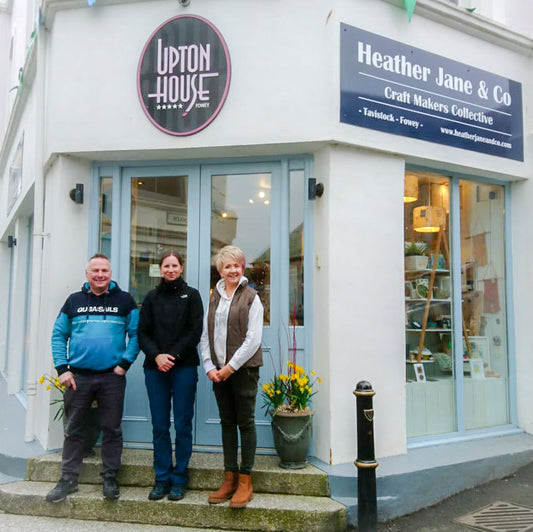When I set out to do this painting I knew this was going to be a breakthrough for my own personal art journey. At the time it was the biggest canvas I had worked on and I was determined to create something really bold and beautiful.
I had already painted quite a few tigers and was really pleased with how striking they look when captured in acrylic. After a visit to London Zoo with my camera I knew I had the perfect shot for my painting.
It was a daunting blank canvas at first, but I quite confidently sketched out the shape of the tiger and blocked in the main colours. For me, this is one of the most enjoyable parts of a painting. Everything is new and exciting; adding that first layer of colour to the canvas and creating something out of nothing.
The below shows my first blocky layer, where I've taken a leaf out of Van Gogh's book and used quite bold brush strokes in order to get those initial shapes and colours.
![]()
Once this has dried, it's time to start adding the detail. I always begin with the eye. It's the most structured and detailed part of the painting, it can make or break it, so I was keen to get it right. Next I move onto the nose and start to get more detail on the fur.
In hindsight I should have completed my background first, but I was so excited to paint the tiger I actually didn't have the patience.
The below is starting to look quite polished now, I had a few hairy moments when the fur wouldn't do what I wanted it to do, but with patience and by building up the layers I started to get the effect I was after.
![]()
It was finally time to do the background before I finished off the tiger. I wanted to create an abstract grass-like effect; something with created a sense of movement.
The final layers are all about the detail now. I often take breaks between my painting sessions. During some of those breaks I sit away from the painting in order to check the overall composition, colour, texture and contrasts.
I also take photos of the painting during it's creation, particularly towards the end; this allows me to view it in a new environment (on the computer) and get a fresh perspective. It's very helpful to see when something looks wrong. I usually find with this step that there may be a perspective issue which needs fixing or some bits that just don't fit in with the whole.
I make notes on what I need to tweak and paint next, so when I approach my next painting session I know exactly what I’m going to do. I find that if I don't have those notes, I'm somewhat aimless and can ruin a painting by overworking it.
There is so much detail in this painting, the viewer can visually stroll around the image taking it all in - I just love it!






















